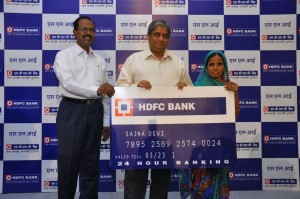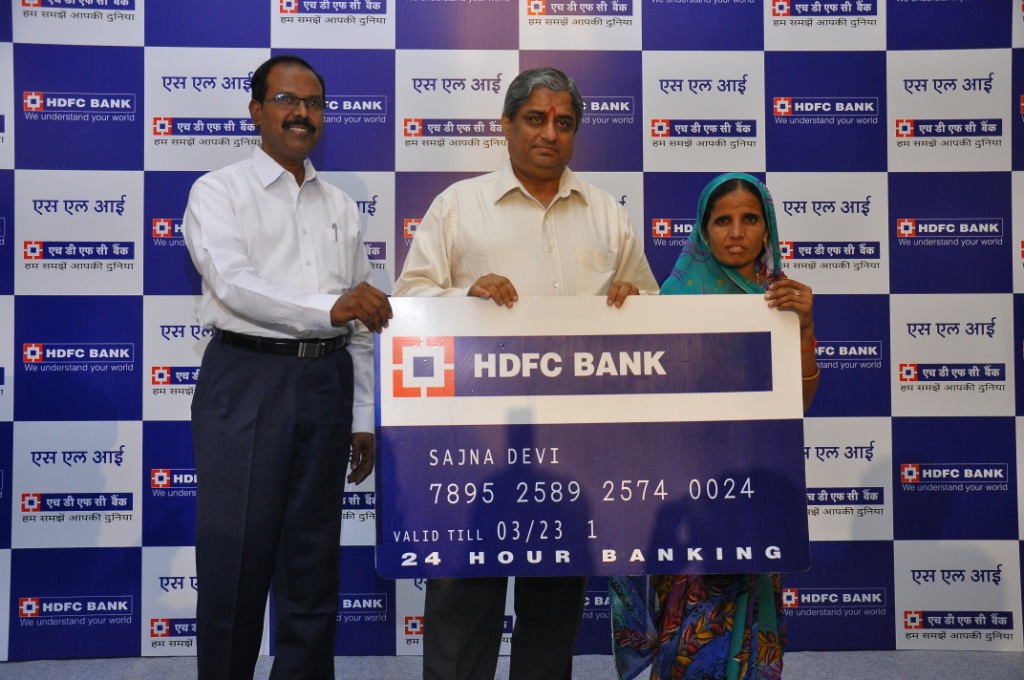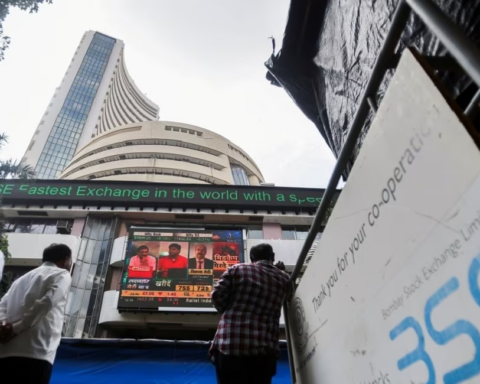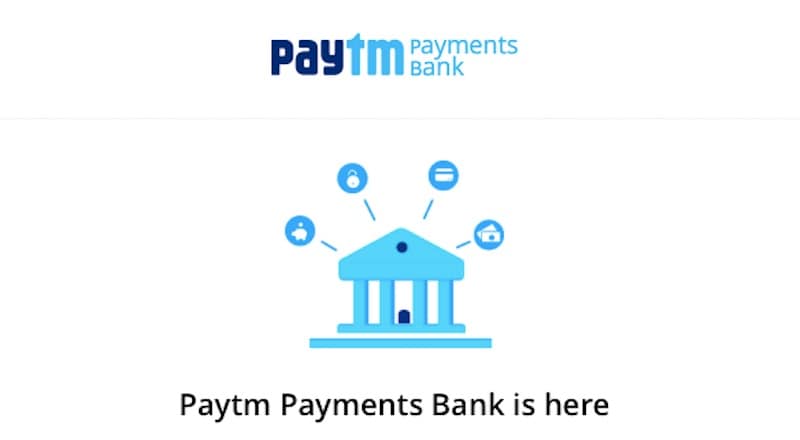HDFC Bank’s Sustainable Livelihood Initiative (SLI) – which aims to financially empower people in the bottom of the pyramid – today achieved a milestone in its journey of supporting inclusive growth.
Sajna Devi, a mother of three from Malikpur village in Rajasthan, represents the 20th lakh household that has benefited from the Bank’s initiative. The loan disbursement was handed over to Sajna Devi by HDFC Bank’s Managing Director, Mr. Aditya Puri, at a function held in Chomu today.
The Bank’s SLI is a key driver to achieve its board mandated objective to empower 1 crore families (5 crore Indians) in unbanked and underbanked locations and bring them into the banking fold. The Bank’s SLI footprint has so far spread to thousands of villages across 24 states.
SLI is a holistic approach to people empowerment. It entails occupational training, financial literacy, credit counseling, livelihood finance and market linkages – in that order. Its beneficiaries include people at the ‘bottom of the pyramid’, largely women in rural unbanked India, such as Sajna Devi.
Speaking on the occasion Mr Puri said, “When we look back to when we started, it’s been an extremely gratifying journey so far for all of us here at HDFC Bank. Tough, but extremely gratifying. We are committed to making 1 crore women, like Sajna Devi, economically independent. This translates to 5 crore Indians. In a country that has 27 crore people living below poverty line, 22 crore of them are living in rural India (as per the latest Government statistics) which is where we are largely focussing.”
On the initiative, Mr. Manohara Raj, Executive Vice President and Business Head, SLI said, “We believe that simply disbursing credit to these individuals will not help bring them out of poverty. Through SLI, the Bank scripts the change in a rural household – from imparting new skills to a participant to ensuring sustainable income – thus making a difference to their lives.”
“Financial empowerment of women has also prompted a positive change in their social well-being. We are pleased to note that, to date, the Bank has been the catalyst for change in the lives of 20 lakh households i.e. about 80 lakh individuals, including the beneficiary’s dependents. The Bank continues its efforts to bring about the change in the lives of 5 crore such individuals,” he added.
The uniqueness about the Bank’s SLI is that it uses the bank’s own resources and infrastructure, thus eliminating the need for intermediaries. This is done through 439 business hubs attached to its branches and a dedicated workforce of over 3400 employees to the initiative.
About the 20th lakh beneficiary of SLI
The 20th lakh household under HDFC Bank’s SLI is headed by Sajna Devi.
Five years ago Sajna Devi lost her husband and the responsibility of running the house and taking care of her three children fell on her. Working as a labourer in the farm as well as selling milk, Sajna Devi has been making ends meet. But her current resources do not allow her to save for the future for her children, which assumes importance, given that she is the only earning member.
Today, as HDFC Bank SLI’s 20th lakh participant, she will avail of a loan for enterprise as part of the Self Help group (SHG). She will use the credit to pursue income generating activity, which will augment her earnings, thus allowing her to take better care of her family’s needs.
Through the bank, she will receive need-based training in designing jewellery, handicrafts, or embroidery to enhance her skills. In addition to this, Sajna Devi will have access to a basic saving bank account, recurring deposits, micro insurance and training in financial literacy. These offerings will allow participants like Sajna Devi to save for contingencies such as medical emergency, long-term goals like building a house or children’s education and marriage.”
HDFC Bank will also seek to provide market linkages, wherein the final products like garments, artificial jewellery and other items created by SLI participants’ like Sajna Devi, are sent directly to shops and establishments in larger towns and cities. This enables these women to achieve a better price for their produce.






